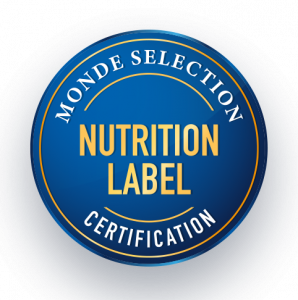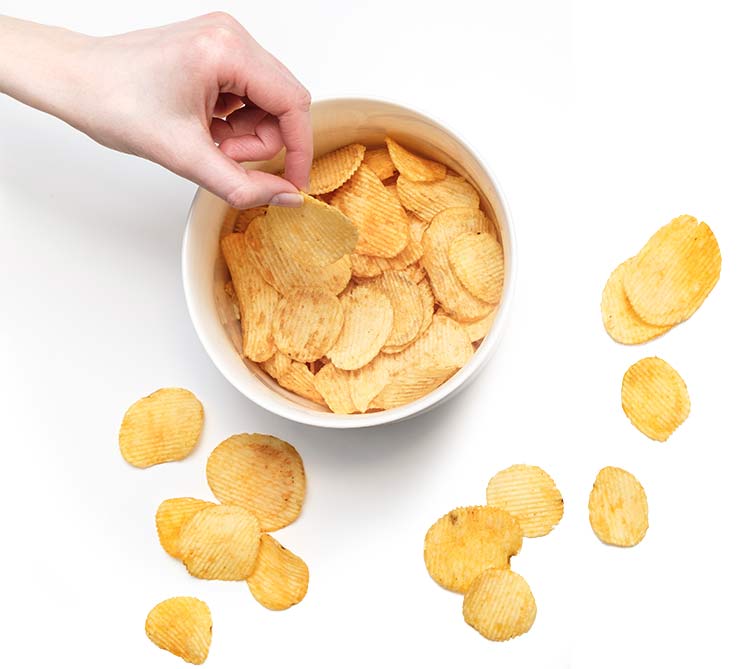2 European Food Safety Authority. (2019). Dietary reference values for sodium. EFSA Journal, 17(9), p. 5778. doi:10.2903/j.efsa.2019.5778
3 National Academies of Sciences, Engineering, and Medicine; Health and Medicine Division; Food and Nutrition Board. (2019). Dietary Reference Intakes for sodium and potassium: Summary. Washington, DC: The National Academies Press. Retrieved from https://www.ncbi.nlm.nih.gov/books/NBK545430/
4 Unger, T., Borghi, C., Charchar, F., Khan, N. A., Poulter, N. R., Prabhakaran, D., . . . Schutte, A. E. (2020). 2020 International Society of Hypertension Global Hypertension Practice Guidelines. Hypertension, 75(6), pp. 1334–1357. doi:10.1161/HYPERTENSIONAHA.120.15026
5 National Health Commission of the People’s Republic of China. (2018). Dietary Reference Intakes for Chinese Residents Part 2: Macroelements (中国居民膳食营养素参考摄入量 第2部分:常量元素). Retrieved from http://www.nhc.gov.cn/wjw/yingyang/201805/f2c614be95fe41dba8123c23a6e6fb55.shtml
6 Health Promotion Administration, Taiwan Ministry of Health and Welfare. (2016). Salt Reduction Handbook (減鹽秘笈手冊) (last updated: 2020). Retrieved from https://www.hpa.gov.tw/Pages/Detail.aspx?nodeid=1161&pid=6648
7 Ministry of Health, Labour and Welfare, Government of Japan. (2020). Dietary Reference Intakes for Japanese (2020): Report of the Study Group on the Dietary Reference Intakes for Japanese People (日本人の食事摂取基準(2020 年版): 「日本人の食事摂取基準」策定検討会報告書). Retrieved from https://www.mhlw.go.jp/stf/newpage_08517.html
8 Arnett, D. K., Blumenthal, R. S., Albert, M. A., Buroker, A. B., Goldberger, Z. D., Hahn, E. J., . . . Ziaeian, B. (2019). 2019 ACC/AHA Guideline on the Primary Prevention of Cardiovascular Disease: A Report of the American College of Cardiology/American Heart Association Task Force on Clinical Practice Guidelines. Circulation, 140(11), pp. e596–e646. doi:10.1161/CIR.0000000000000678
9 Williams, B., Mancia, G., Spiering, W., Agabiti Rosei, E., Azizi, M., Burnier, M., Clement, D. L., Coca, A., de Simone, G., Dominiczak, A., Kahan, T., Mahfoud, F., Redon, J., Ruilope, L., Zanchetti, A., Kerins, M., … ESC Scientific Document Group. (2018). 2018 ESC/ESH Guidelines for the management of arterial hypertension. European Heart Journal, 39(33), pp. 3021–3104. doi:10.1093/eurheartj/ehy339
10 Food and Agriculture Organization of the United Nations & World Health Organization. (1997). CAC/GL 23-1997: Guidelines for use of nutrition and health claims (last updated: 2013). Codex Alimentarius, pp. 1-8. Retrieved from http://www.fao.org/fao-who-codexalimentarius/codex-texts/guidelines/en/
11 European Parliament & Council of the European Union. (2006). Regulation (EC) n°1924/2006 of the European Parliament and of the Council of 20 December 2006 on nutrition and health claims made on foods (consolidated version: 2014). Official Journal of the European Union, L 404, 9-25.
12 Consumer Affairs Agency of Japan. (2013). Food Labelling Act (Act n°70) (食品表示法 (平成二十五年法律第七十号)) (last updated: 2019). Retrieved from https://elaws.e-gov.go.jp/document?lawid=427M60000002010
13 Ministry of Health of the People’s Republic of China. (2011). National Standards of the People’s Republic of China GB 28050-2011: Standard for nutrition labelling of prepackaged foods (食品安全国家标准 预包装食品营养标签通则).
14 Taiwan Ministry of Health and Welfare. (2015). Regulations on Nutrition Claim for Prepackaged Food Products (包裝食品營養宣稱應遵行事項) (last updated: 2021). Retrieved from https://www.foodlabel.org.tw/FdaFrontEndApp/Law/Edit?SystemId=e518c1d9-78e0-4207-b988-cc302dc58754&clPublishStatus=1&key=%E7%87%9F%E9%A4%8A
Show Less


